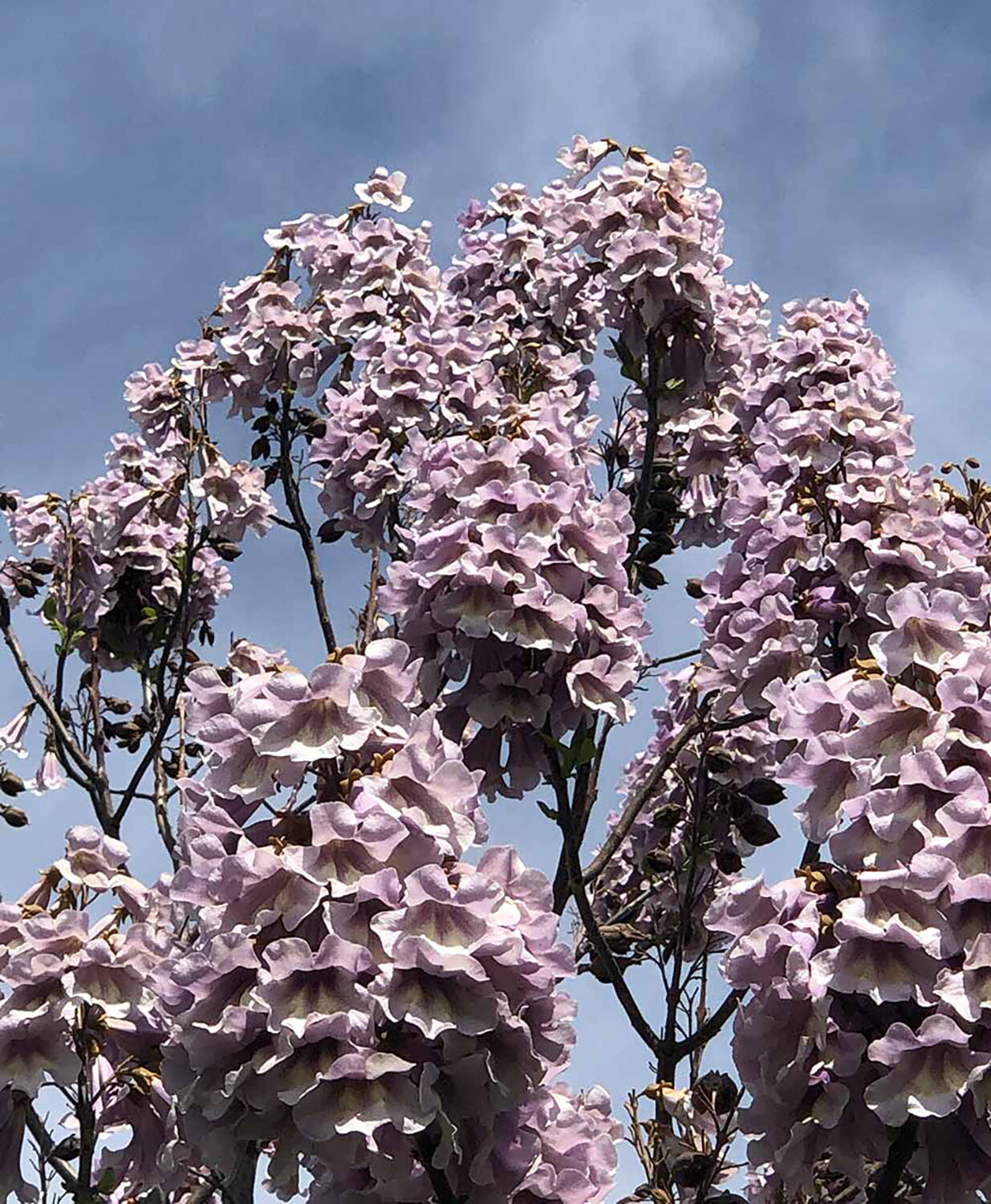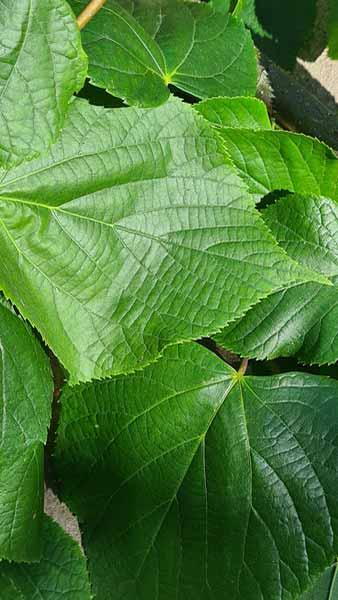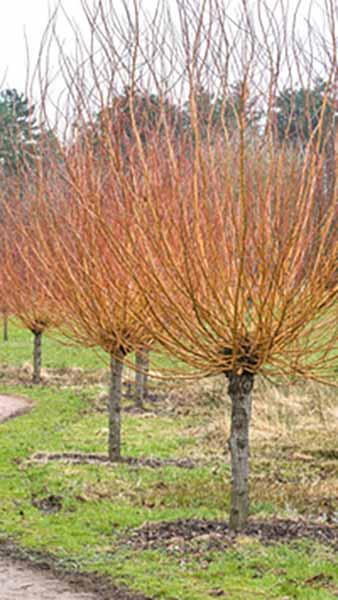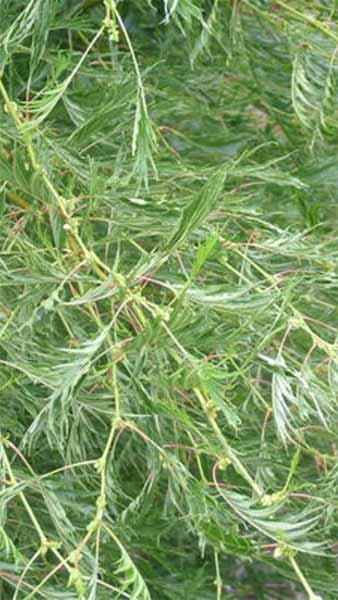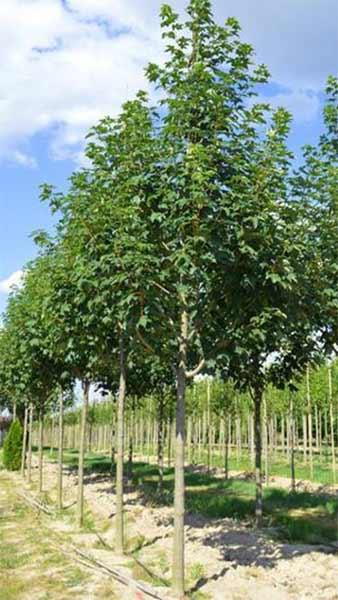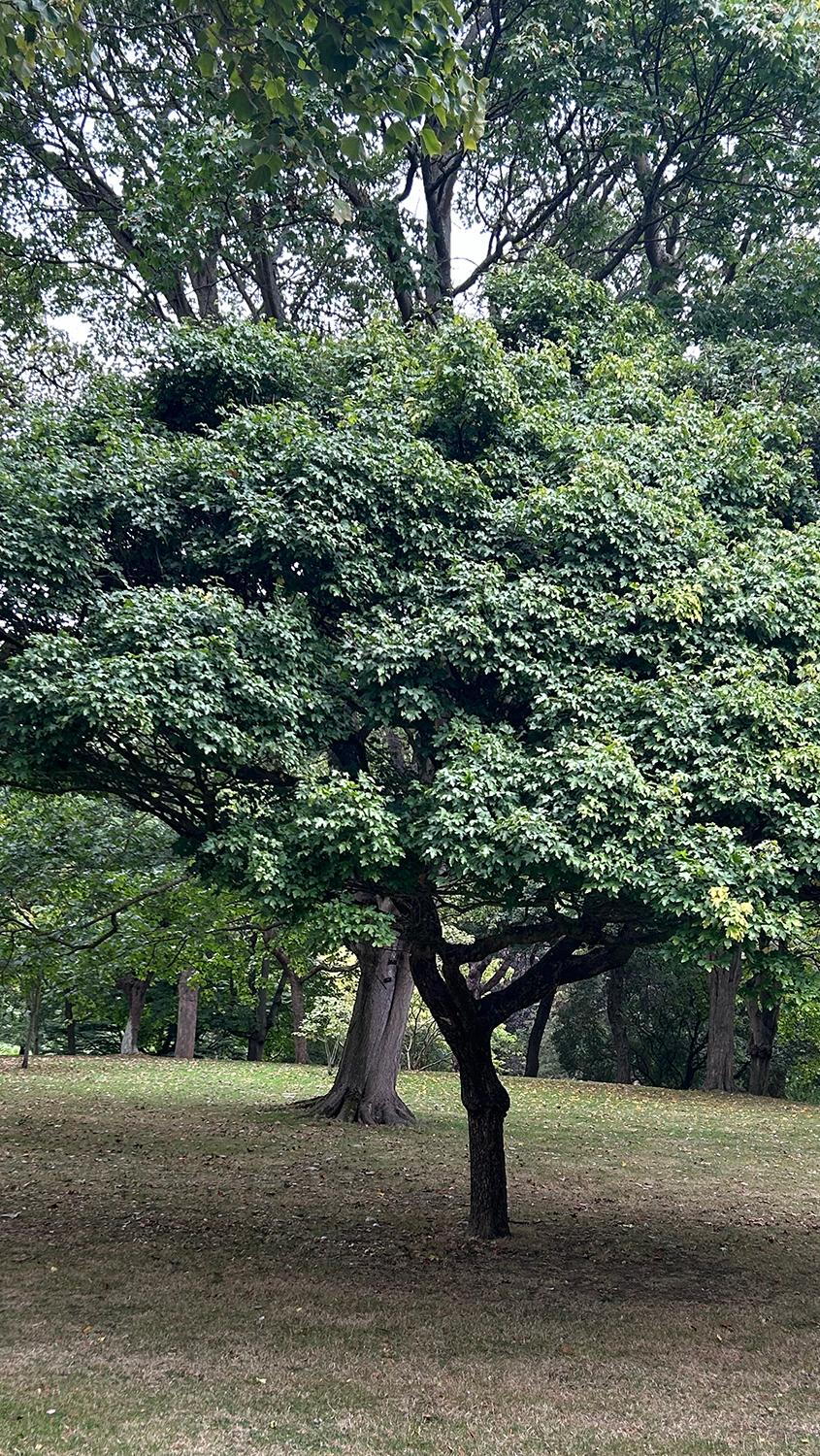Alnus Glutinosa Multi Stem Common Alder or Black Alder Trees
Alnus Glutinosa, commonly known as the Common Alder or Black Alder, is a small to mid-sized bushy tree. Appreciated for its striking looks and stellar performance in poor conditions, this deciduous tree is an all-around overachiever. A good candidate for mass planting, reclaiming land and mixed shrub borders.The Common Alder Tree grows in a columnar, upright habit, but the specimens we offer are shaped as multi-stemmed trees. As it matures, the cultivar will become more rounded. The deciduous foliage of Alnus Glutinosa Multi Stem consists of bright green, rounded leaves with serrated edges. Although this tree has many notable traits, its most popular for its sticky young growth and pendulous, yellow catkins. The catkins appear on the tree in March and harden into woody cones with winged seeds, that offer interest throughout the year, including the following winter. The bark is dark brown with fissured striping.Naturally occurring near rivers, streams, and lakes, the Common Alder Tree is perhaps best known for its ability to thrive in waterlogged soils. Poorly drained and heavy soils will not bother the Black Alder, but nor will drought, once established. With a stunning range of conditions it can successfully adapt to, this variety can be grown in any soil, as long as it is in full sun. As it tolerates urban pollution as well, this deciduous tree is an excellent candidate for city gardens.Native to Europe and the British Isles, Common Alder is fully hardy in the United Kingdom. It can survive even in the severest European climates, and it will not mind frost or strong, harsh winds. Performs well in coastal gardens.Long-lived and vigorous, the Common Alder Tree can grow to be over 12 metres high and 4 to 8 metres wide, over a period of 20 to 50 years. Keeping its multi-stemmed habit neat and tidy requires only routine removal of dead, damaged, or congested shoots. The pruning should be done in late winter or early spring.With its attractive shape, Alnus Glutinosa multi stem looks even more decorative than in its standard form. Grow it as a specimen tree for the winter interest it offers and the highly-decorative, deciduous foliage. Common Alder is ideally suited for gardens with poor soil, or for adding ornamental value to bare patches of land. In mixed shrub borders, the bright, glossy foliage offers texture and serves as a backdrop to showier varieties. See also our full collection of deciduous trees.
